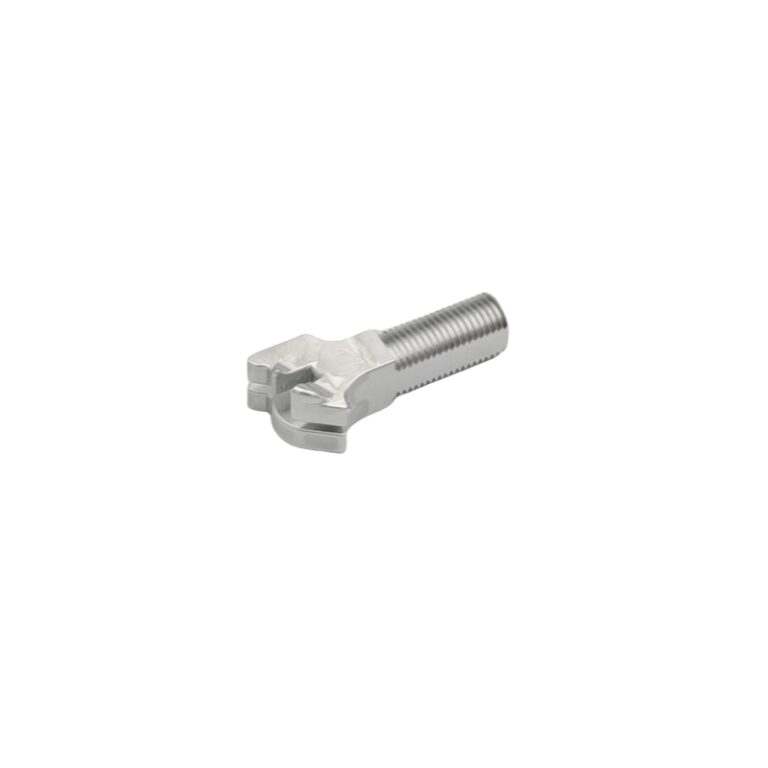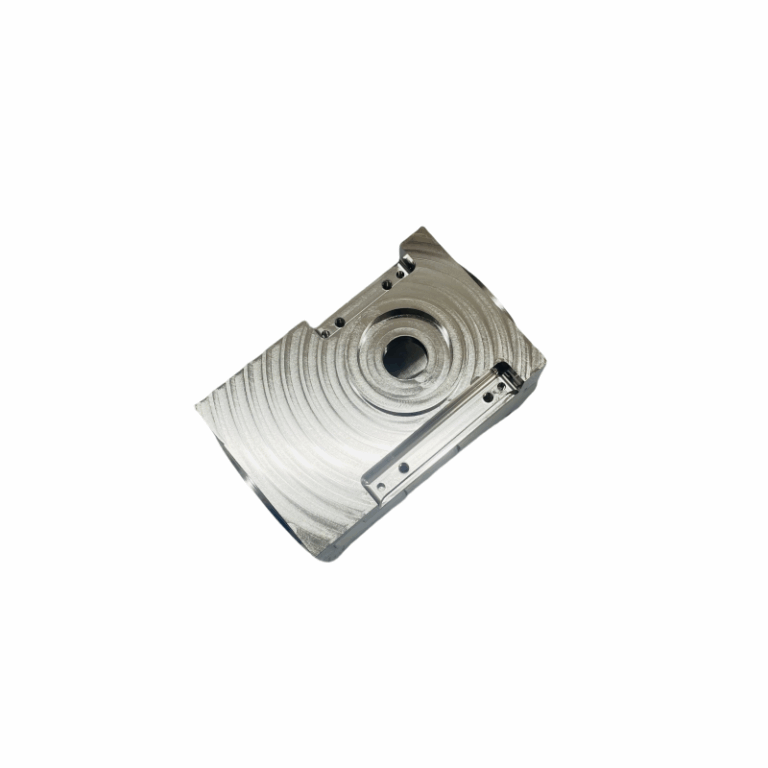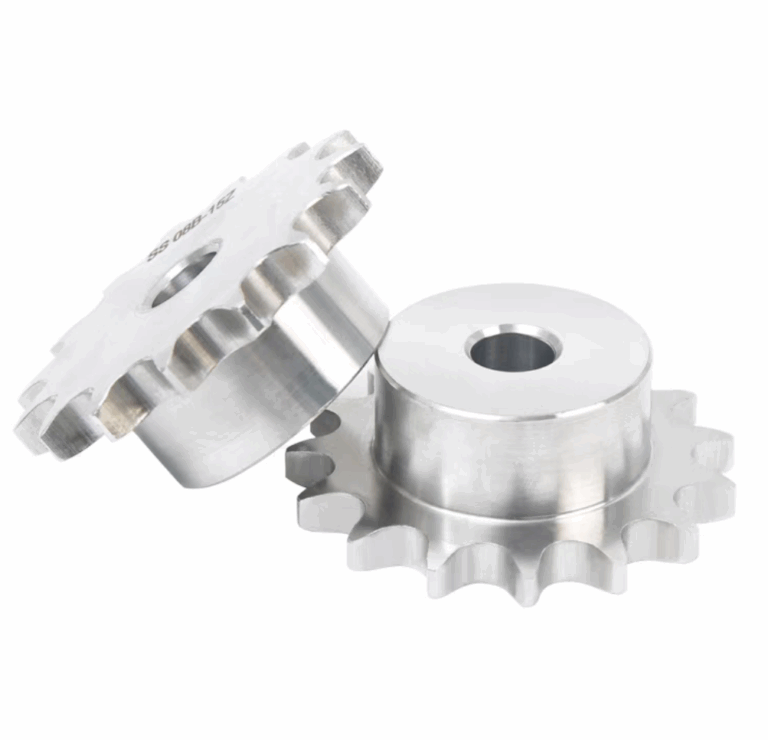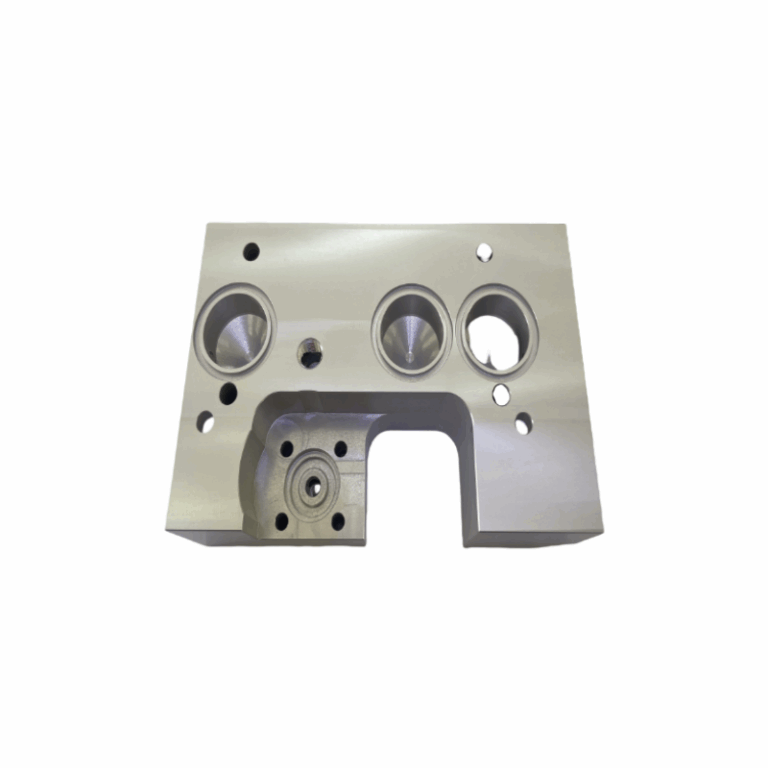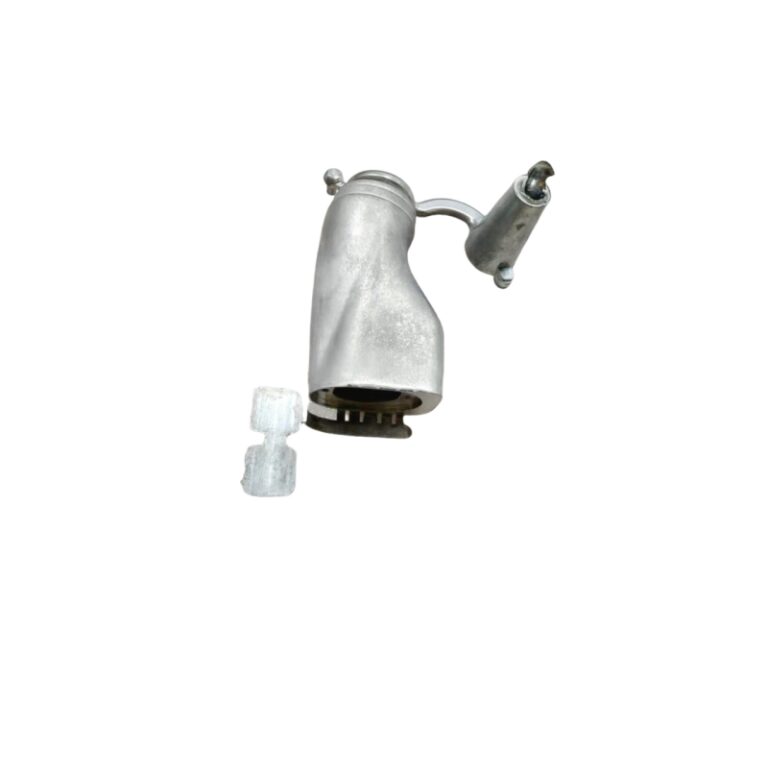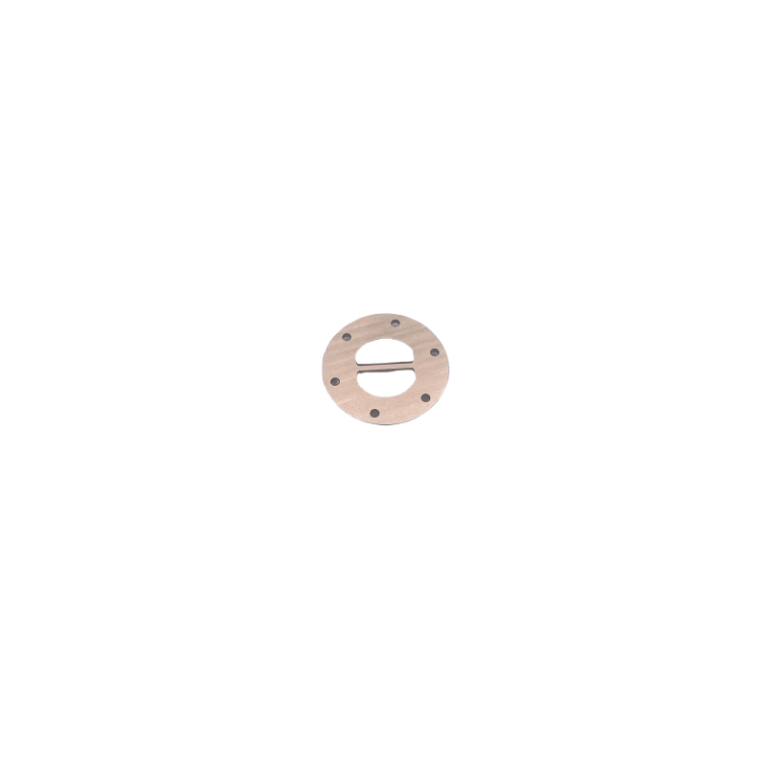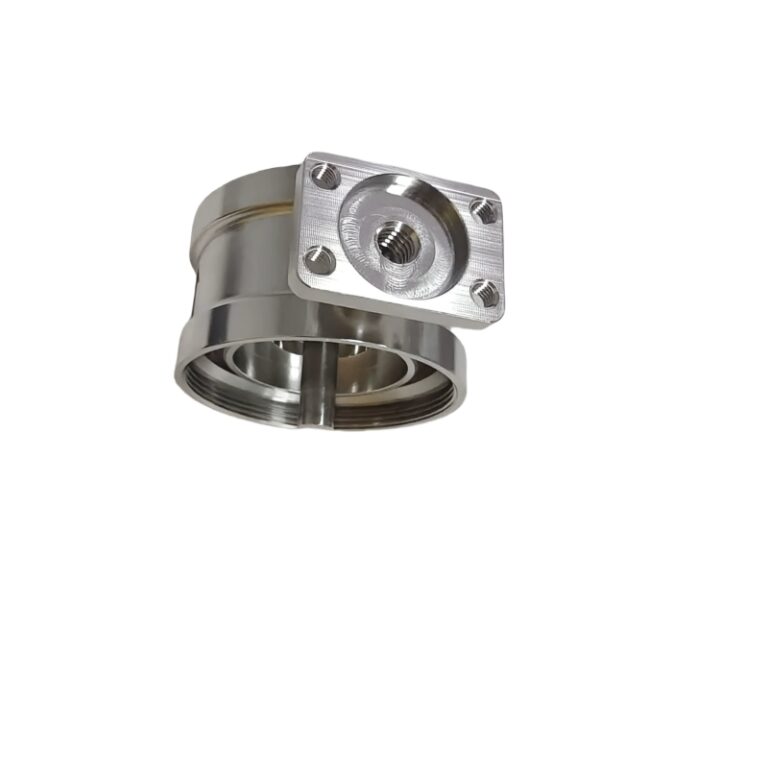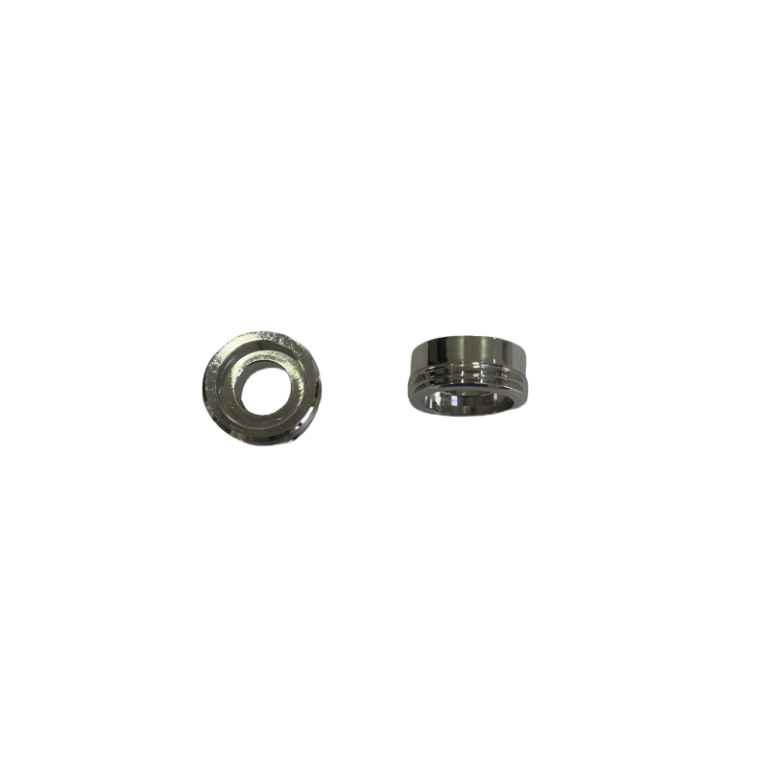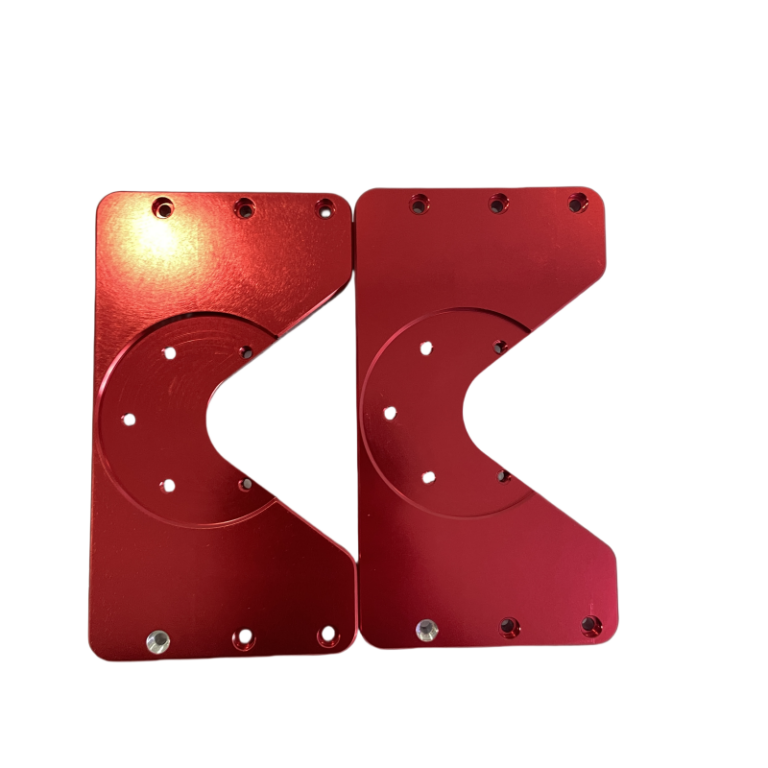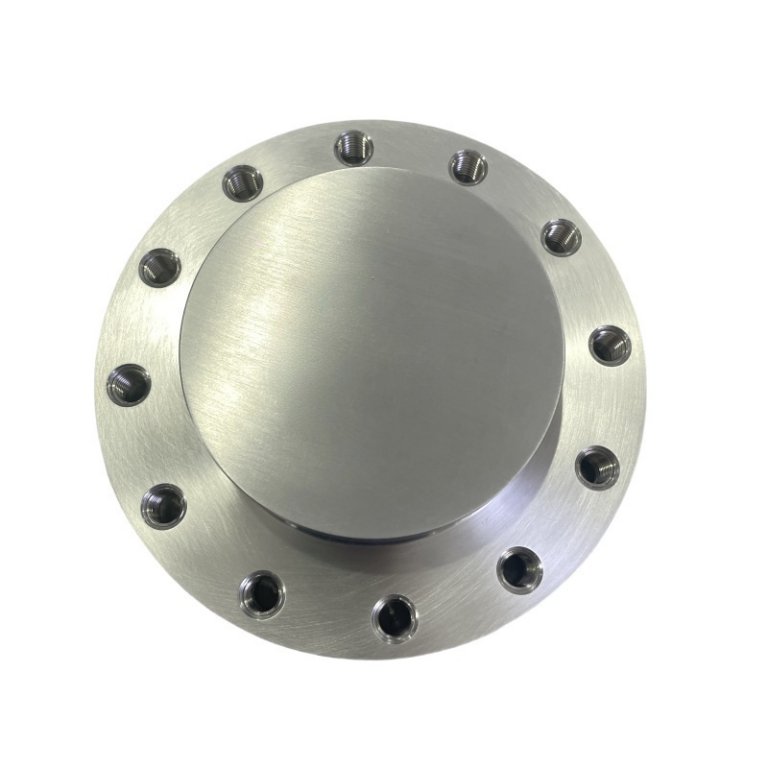CNC turning is a subtractive manufacturing process that involves a rotating workpiece and a stationary machine to remove material from the inside or outside of the workpiece. The CNC turning process produces cylindrical or conical parts on the CNC lathe. The CNC lathe has different tools on its turret. The more tools it can accommodate, the more complex the machine is and the better suited it is for intricate designs.
What are the machining processes for CNC turning machine parts:
CNC Turning is a machining process in which the cutting tool is fed parallel to the axis of the rotating workpiece to give the workpiece the desired shape. The steps of turning processes include:
Operation: Put the workpiece on the lathe and select the appropriate roughing or finishing tool depending on the type of feed required.
Settings: Select the correct speed and feed rate for the material and cutting width.
Cutting: Start the lathe and switch on the light to cut to the required length on the right side of the workpiece.
Pause and Measure: Turn off the lathe and disconnect the cross-feed screw handle from moving it. Determine how much material needs to be removed from the workpiece by measuring it.
Material calculation: Calculate how much material needs to be removed to achieve the desired part size.
Final Adjustments: Finally, the machined workpiece is inspected for defects and corrected to achieve the best precision and quality results.

The Different Types of CNC Turning Machine Parts:
CNC turning is a versatile machining process that can produce a wide range of component types accurately and efficiently. It is particularly suitable for manufacturing the following types of parts:
Rotationally symmetrical parts: CNC turning produces parts with rotational symmetry, such as cylinders, shafts, pins, and bushings. Rotating the workpiece allows for precise machining along an axis, resulting in symmetrical and concentric features.
Threaded parts: CNC turning is commonly used to manufacture threaded parts, including screws, bolts, and threaded inserts. The process allows for precise thread profiles and pitches, ensuring suitability and function.
Complex contour parts: Advanced CNC lathes with multi-axis capabilities can produce complex contour parts efficiently. These may include parts with complex curves, contours, or features such as slots, grooves, and pockets.
Precision Parts: CNC turning is known for its ability to achieve high precision. It is suitable for manufacturing parts that require tight tolerances, such as bearings, washers, and precision gears.
Suitable materials for CNC turning machine parts
| Material | Features | |
|
Metal |
Steel | Carbon steel, alloy steel, stainless steel, tool steel, etc. |
| Aluminum | Such as 6061, 7075, and cast aluminum | |
| Copper | Used for parts requiring good conductivity, corrosion resistance, and aesthetics | |
| Brass | excellent electrical and thermal conductivity, making it suitable for electrical and plumbing applications | |
| Titanium | high strength, low weight and excellent corrosion resistance, making it ideal for aerospace and medical component | |
| Cast iron | good wear resistance and damping capabilities, typically used in heavy-duty applications | |
|
Plastic |
Acrylic | Known for its clarity, impact resistance and versatility in applications such as signage and displays |
| Nylon | Good strength, wear resistance, and low friction properties for gears, bushings and bearings | |
| Polyethylene | Excellent chemical resistance, often used in applications involving vessels, pipes, and linings | |
| PP | Known for its chemical resistance, low density, and thermal stability, it is commonly used in the packaging, automotive, and medical industries | |
| Delrin | good dimensional stability, low friction, and excellent machinability, often used for precision parts and gears |
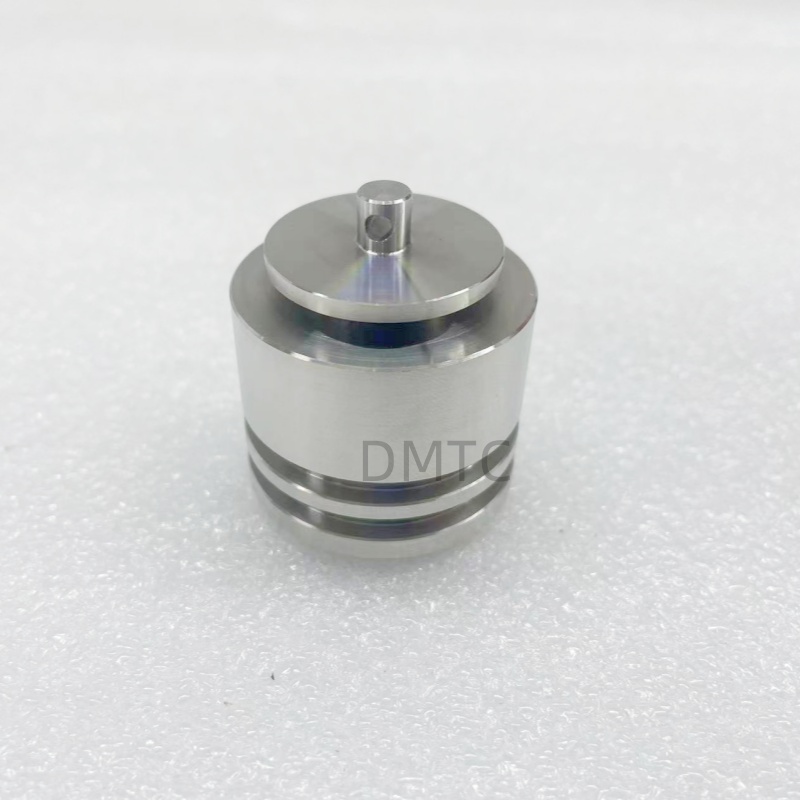
What are the factors that should be considered when machining the CNC turning machine parts?
Material properties
Different material has different machinability. Some soft metals will be deformed under pressure, such as aluminum; these materials can be cut smoothly, but when deep cuts are made into the material, the mechanical strength will most likely be compromised. On the other hand, materials such as steel can be machined to greater depths without much impact on the material’s strength. This knowledge can help achieve the best results and material durability when a specific turning process needs to be performed.
Accuracy requirements
Each turning process performed by a CNC lathe has its achievable tolerance level. Of these operations, turning and facing are best suited for producing precise cylindrical shapes and flat surfaces. On the other hand, processes such as drilling or knurling will make small errors due to factors such as tool flex or vibration. Therefore, it is critical to select a process that can provide the required dimensional accuracy without changing the design specifications.
Surface treatment: The CNC turning processes have different effects on the quality of the surface finish. Generally, turning and facing are preferred over drilling or knurling. In addition, other processes such as reaming and polishing can be used to enhance the surface finish of the hole. Understanding how surface finish affects function and appearance can help one select the correct turning operation for the application.
Shape and feature requirements: Turning processes are classified according to the shape or feature produced. Forming bends the part into a cylindrical shape, and faces flat surfaces, while threading forms external or internal threads. Operational consistency with the target result is key to achieving production efficiency and the correct specifications for the CNC turning machine parts.
The Applications of CNC turning machine parts
CNC turning can efficiently and accurately shape cylindrical and rotated parts and has a wide range of applications across a wide range of industries. Some common applications of CNC turning machine parts include:
Aerospace Industry:
CNC turning plays a vital role in the aerospace industry, producing components such as turbine shafts, landing gear components, engine components, and flight control system components. Its ability to process high-strength materials and achieve complex geometries is essential for aerospace applications that demand precision and reliability.
Auto Industry:
CNC turning is widely used in the automotive industry to manufacture a variety of components such as shafts, pistons, cylinders, gears, and brake system parts. It can perform precision machining of critical engine and transmission components that require high accuracy and tight tolerances.
Medical device:
CNC turning is popularly used in the production of medical devices and equipment. It is used to manufacture CNC turning machine parts such as surgical instruments, implants, prosthetics, and dental parts. The high precision and quality achieved through CNC turning ensures suitability, functionality, and biocompatibility in medical applications.
Electronic and Electrical Industry:
CNC turning is used to produce electrical connectors, terminals, and other precision CNC turning machine parts used in the electronics industry. It allows for efficient mass production of small parts with tight tolerances, ensuring reliability and consistency in electrical and electronic equipment.
Industrial Machinery:
A wide range of industrial machinery parts can be produced, including important processes such as shafts, pulleys, couplings, and bushings. It produces precise, durable parts that are essential to the smooth operation of machinery in manufacturing plants and other industrial settings.
Tool and Die Making:
It can produce inserts such as molds, dies, and tools. It helps to create the complex shapes and contours required for manufacturing different tools, ensuring precise and repeatable results in the tool and die-making production process.
General Manufacturing:
CNC turning is commonly used in general manufacturing to produce all kinds of CNC turning machine parts such as fasteners, pipe fittings, valves, and plumbing installation. Its versatility, speed, and precision make it a cost-effective solution for the machining needs of different industries.
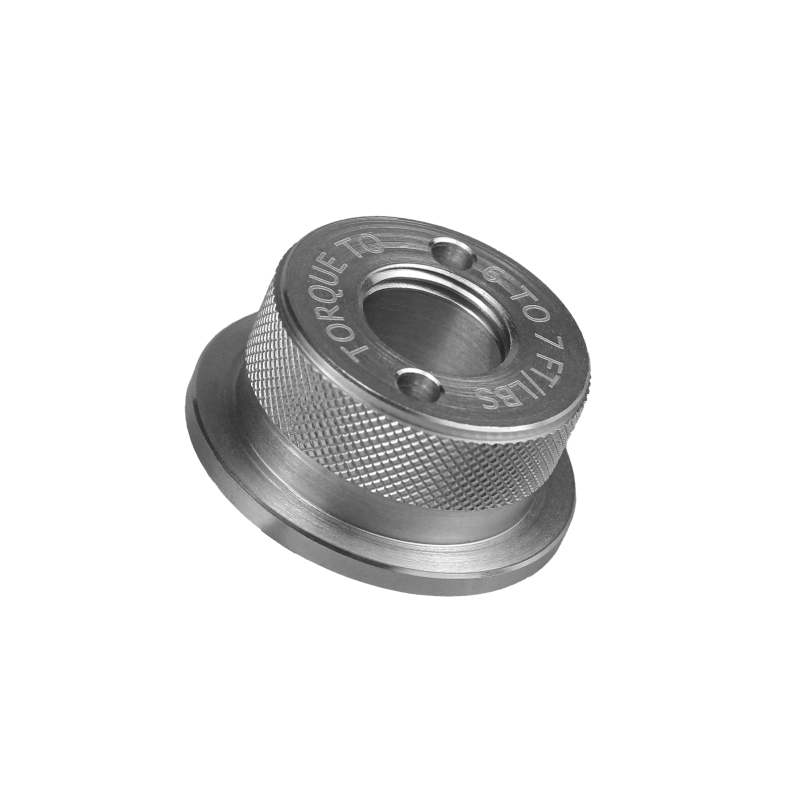
The applications of CNC turning are not limited to the above-mentioned industries. It is also used in energy, agriculture, consumer goods, and other fields. CNC turning enables manufacturers to produce high-quality CNC turning machine parts efficiently, consistently, and precisely, thus meeting the needs of modern manufacturing in various fields.
After deciding if CNC turning is the best process fit for your project, the next step is to find a trusted manufacturer to help you make your ideas into reality. From rapid prototyping to mass production, we are here to support you every step of the way in product development.
DMTC offers various types of CNC turning services for your automotive parts and other industry CNC turning machine parts. We work with you to customize CNC turning machine parts to meet your specific requirements, such as different shapes, sizes, surface finishes, etc. DMTC will carefully review your part type, quantity, and budget considerations. This will recommend the best CNC turning process for your part in our advanced CNC turning centers. Welcome to talk with us now!

